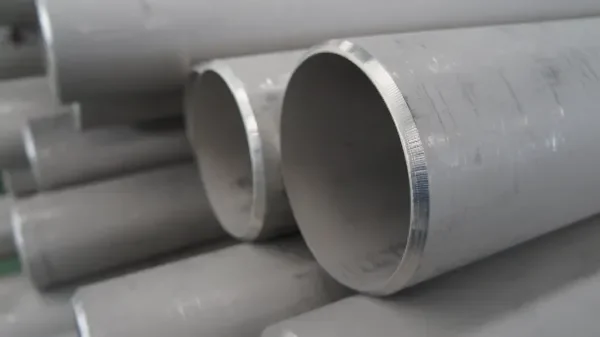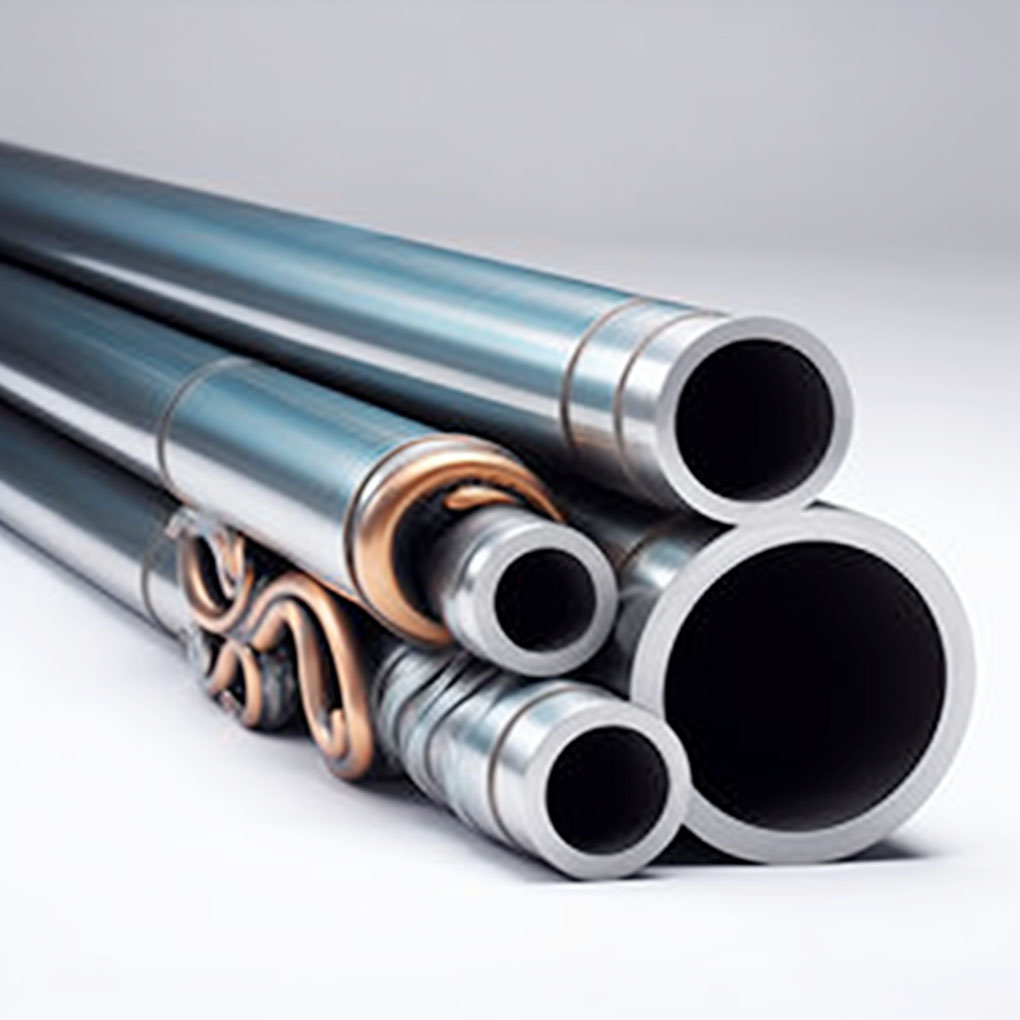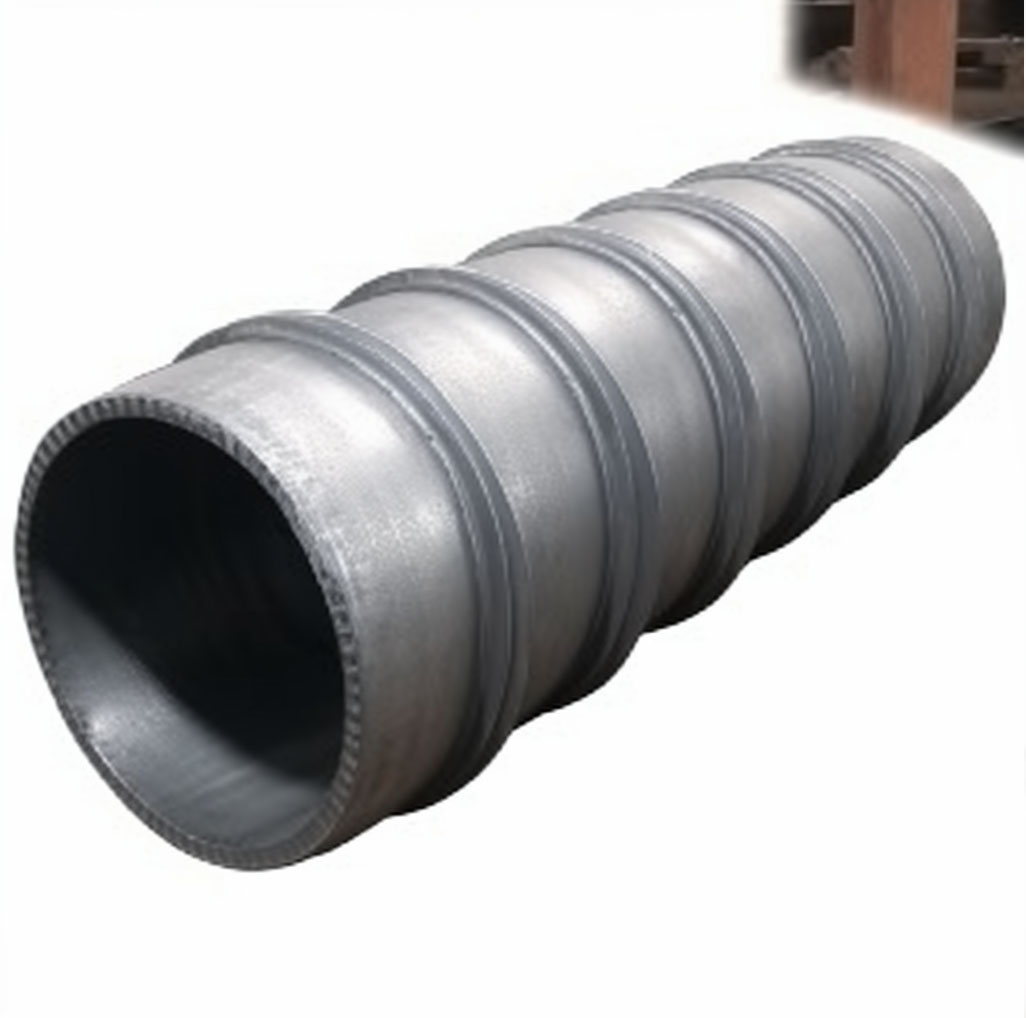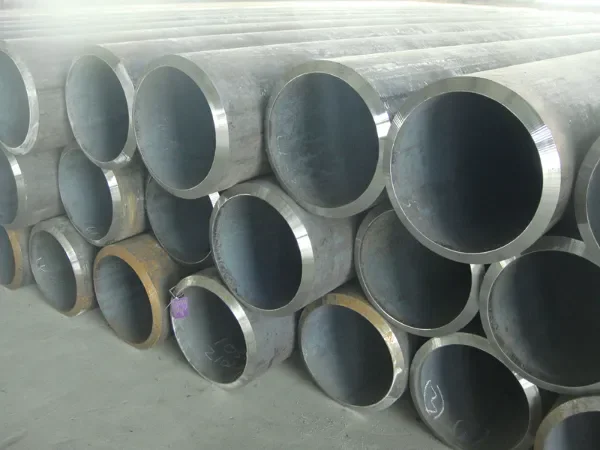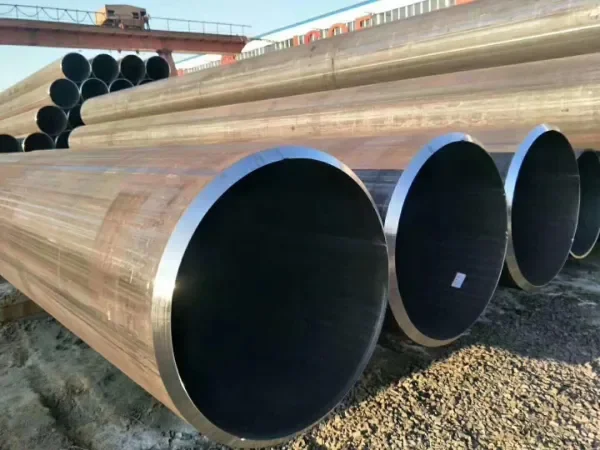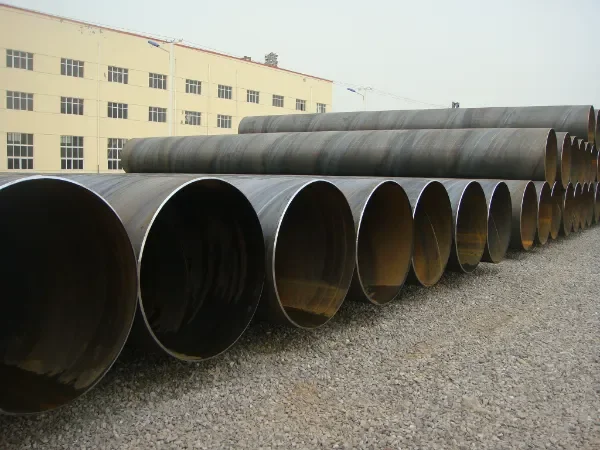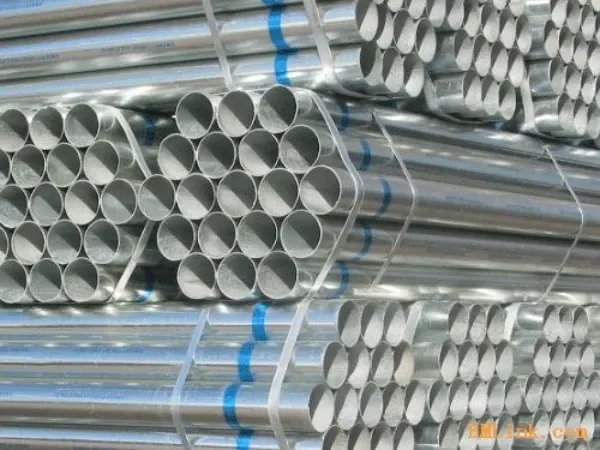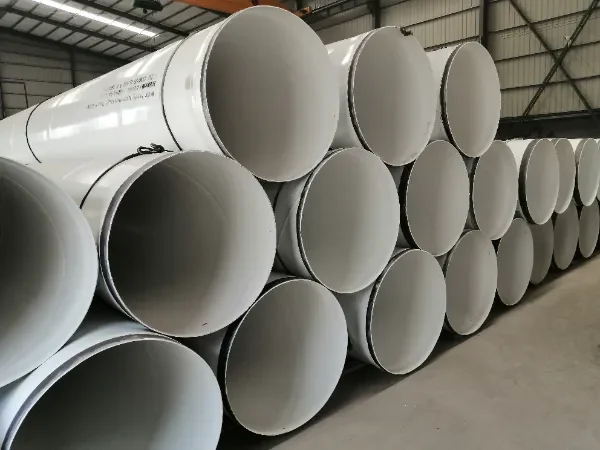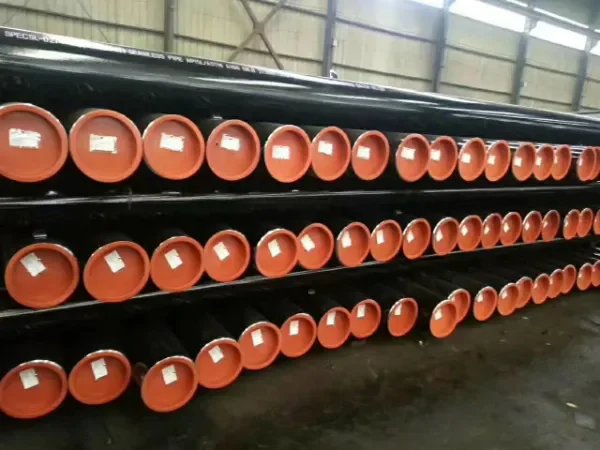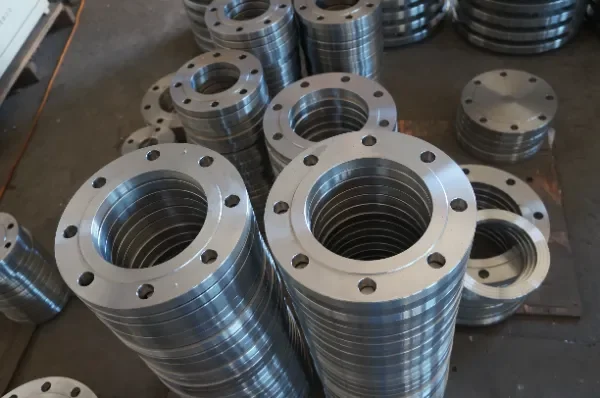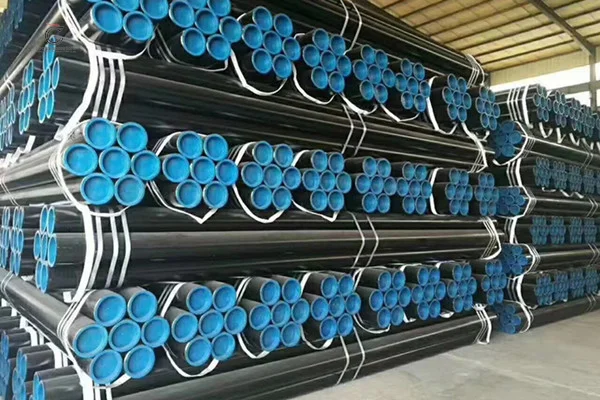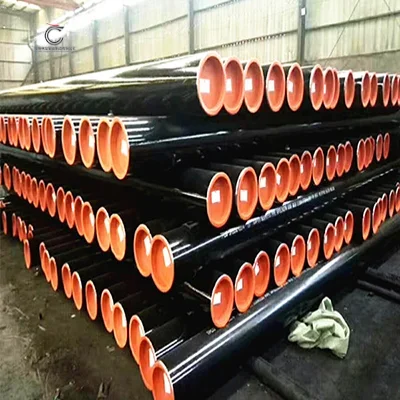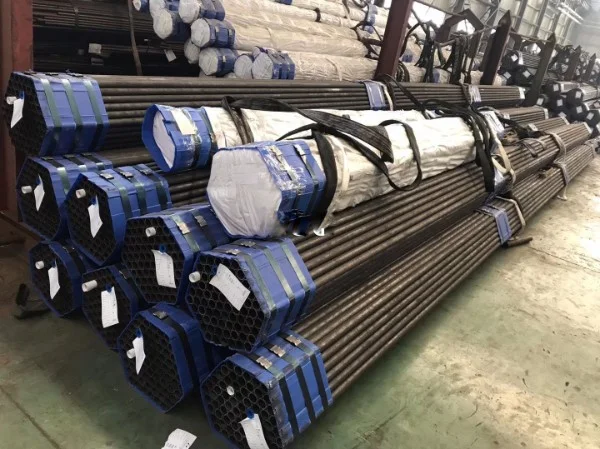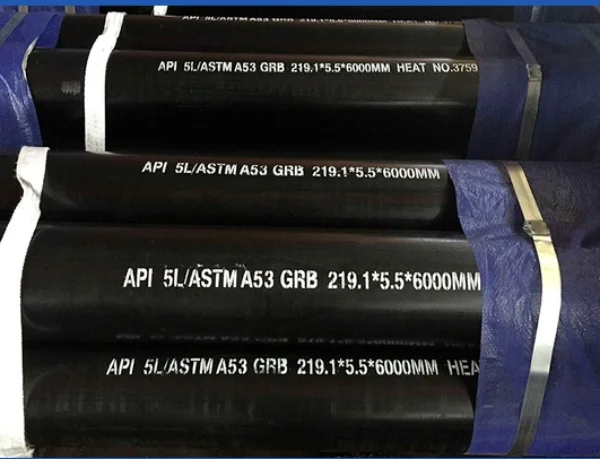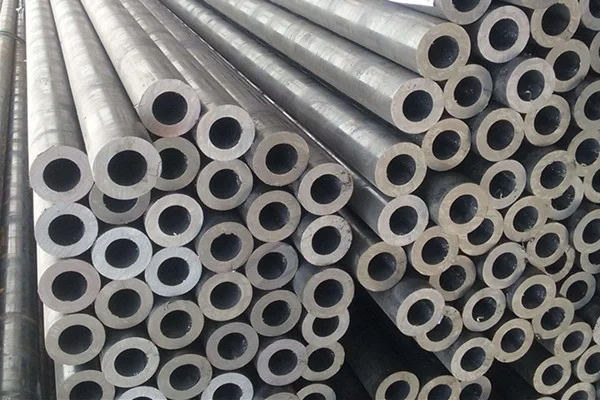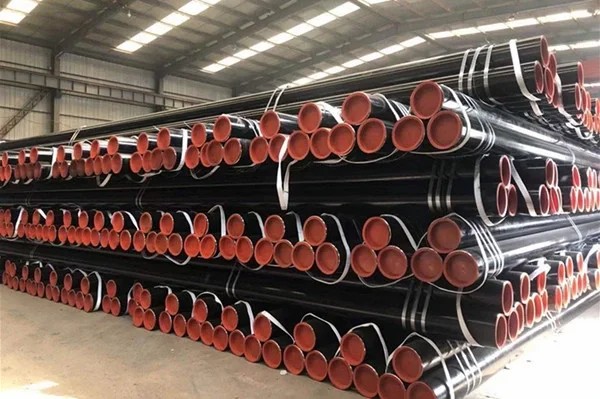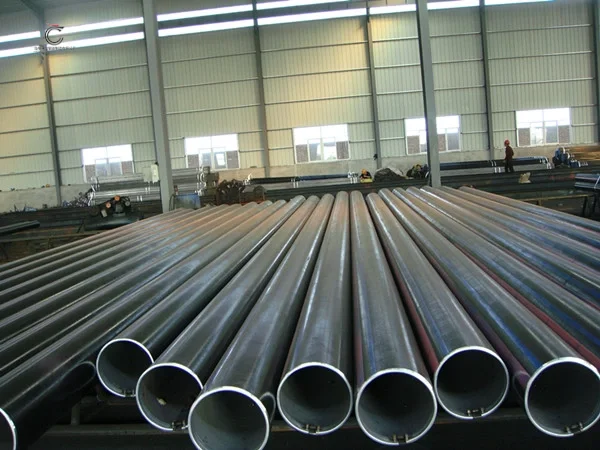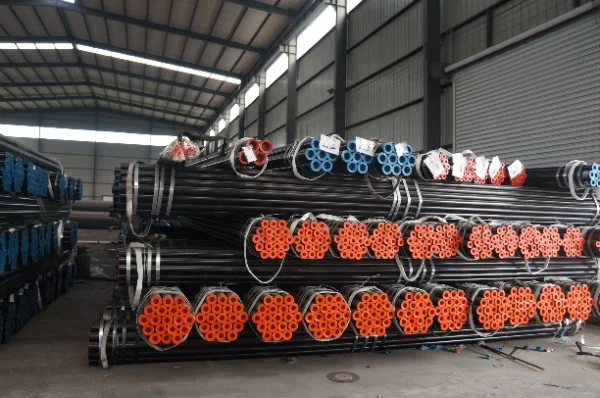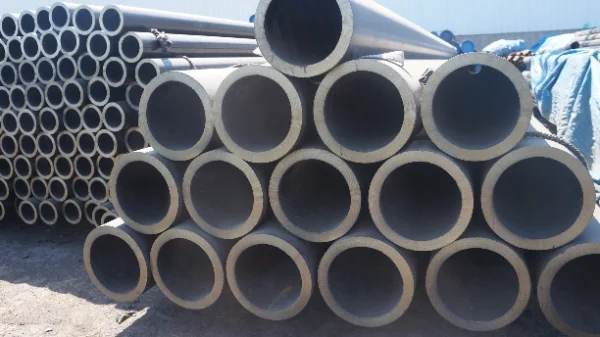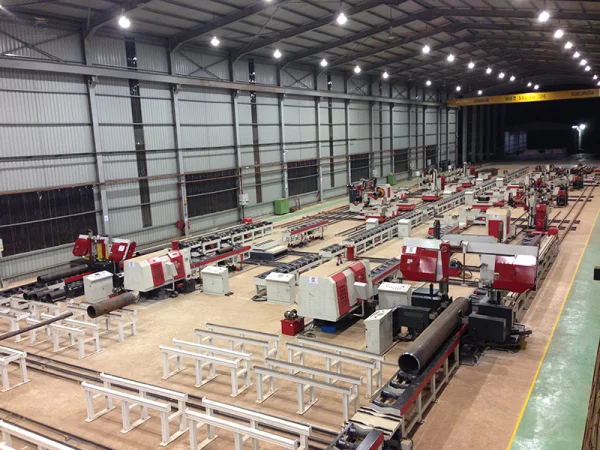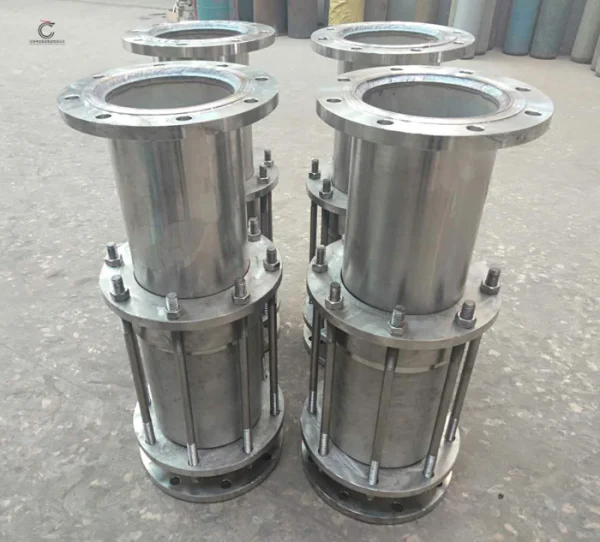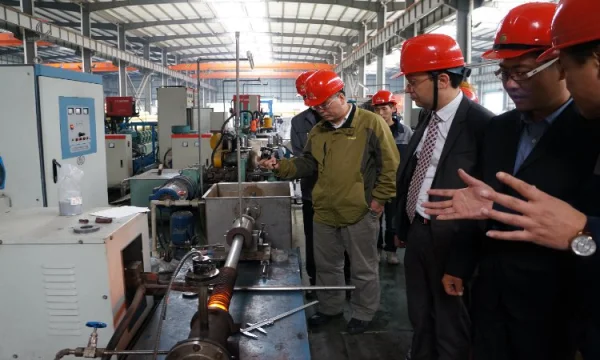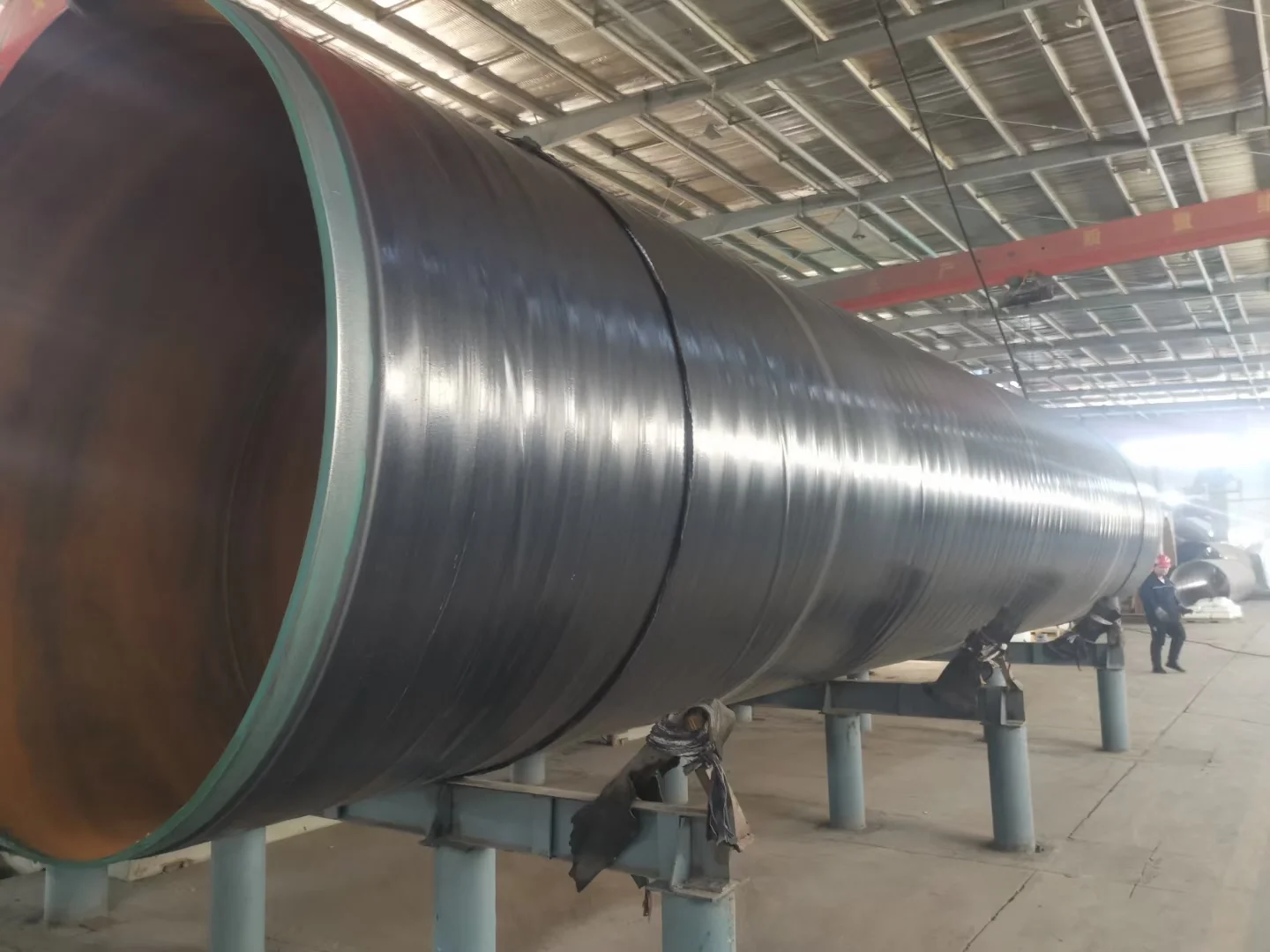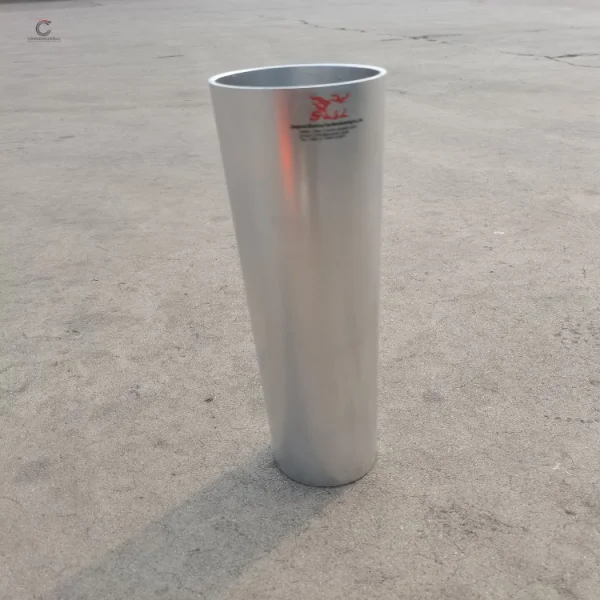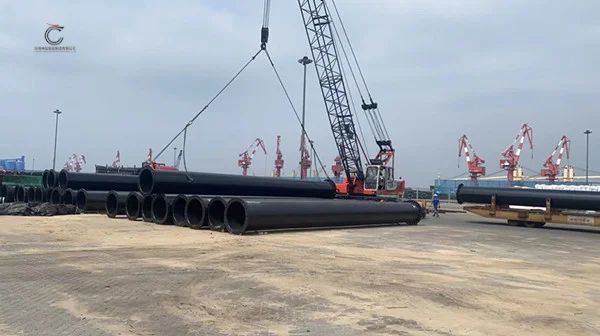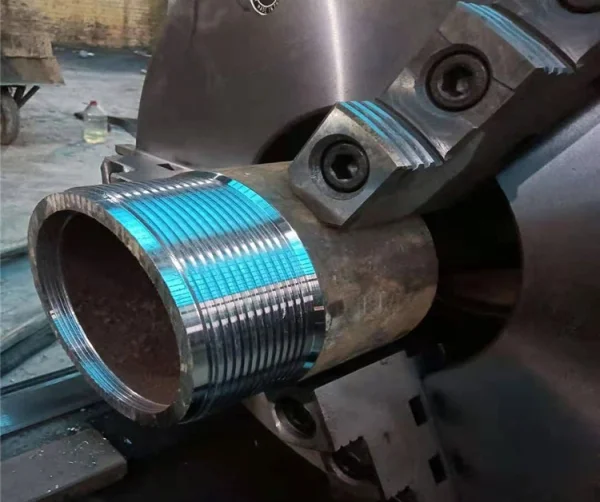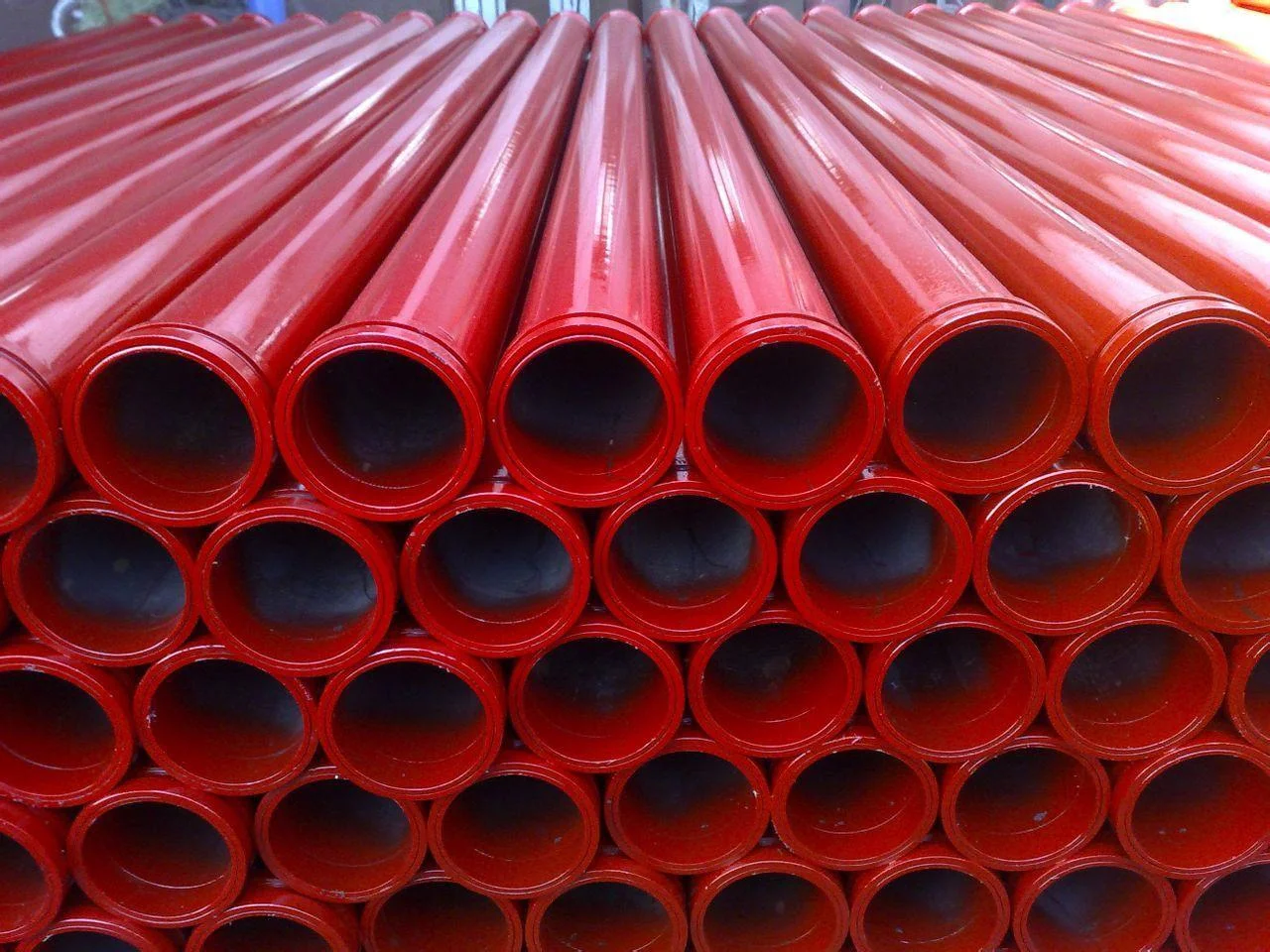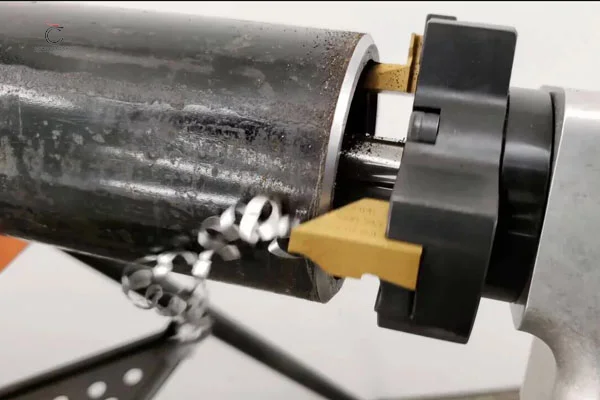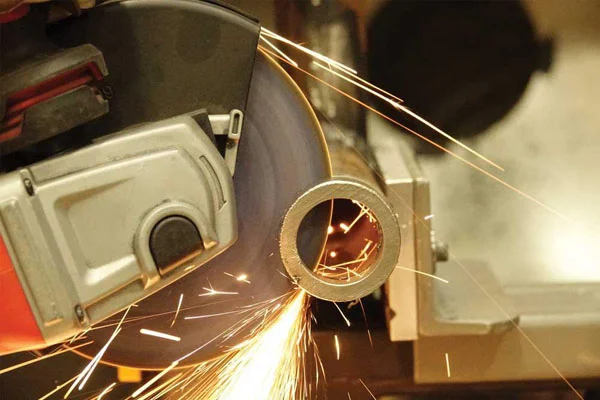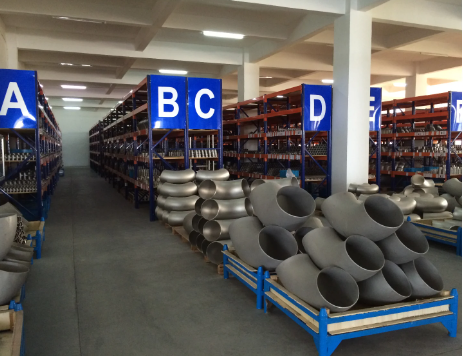Product List
Stainless Steel Pipe
Product name: Stainless steel pipe
Materials: TP304, TP304L, TP321, TP316L, TP310S, TP904L, 2507, 2205, 2507 etc.
Standard: ASTM A312,A213, A268, EN 10216-2, EN10217-7, JIS G3459, GOST etc.
Stainless steel pipe type:
Stainless steel seamless tube, Stainless steel welded tube
Stainless steel pipe specification:
1.Standard: ASTM A312,A213, A268, EN 10216-2, EN10217-7, JIS G3459, JIS G3446, G3459, GOST etc.
2. Materials: TP304, TP304L, TP321, TP316L, TP310S, TP904L, 2507, 2205, 2507 etc.
3. Specification:
A. Stainless seamless steel pipe:OD: 1/2" - 30";WT: Sch10s - Sch80s;Length: 1m - 12m;Production process: Hot rolling, cold rolling, cold drawing, extrusion.
B. Stainless welded steel pipe:OD: 1/2" - 80";WT: Sch5s - Sch80s;Length: 1m - 18m;
4. End type:plain end, beveled end and thread.
5. Sectional shape: round pipe, rectangular pipe, diamond tube, oval tube, the six-party control, octagon tube and various sections of asymmetric tube.
6. Application: Petroleum, chemical, shipbuilding, pharmaceutical, power, paper, food, military, machinery, water treatment and other industries.
Stainless steel pipe quality inspection:
1. Our factory has its own "experimental testing center".CNAS Laboratory Accreditation Certificate
2.Control quality strictly.The first pass is the quality inspection on the production line,The second pass is full inspection of the production quality .
3.We have got internationally recognized certificates, ISO, CE, LR,Philippine certificate,also support third-party testing,as SGS, BV, ect.
Stainless steel pipe advantages
Shenlong stainless steel pipes have uniform wall thickness and are all non-destructively tested.
1. 304 stainless steel is used in water conservancy projects, environmental protection, and sanitation, eliminating the problems of red water, blue-green water, and hidden water, no peculiar smell, no precipitation of harmful substances to keep the water pure, lead-free and harmless to human health.
2. 304 stainless steel composition is guaranteed, wear-resistant, beautiful, clean, bright, long-lasting, scratch-free, never rusted, never broken.
3. Low-temperature resistance, stainless steel water pipes, and faucet angle valves in the kitchen and bathroom will never break.
4. Excellent thermal expansion performance and thermal insulation performance, stainless steel tube has slow thermal expansion and cold contraction, and good thermal insulation performance.
Stainless steel pipe technical data

Stainless steel tube classification
Stainless steel pipes are divided into ordinary carbon steel pipes, high-quality carbon structural steel pipes, alloy structural pipes, alloy steel pipes, bearing steel pipes, stainless steel pipes and bimetallic composite pipes, plated and coated pipes for saving precious metals and meeting special requirements. . There are many kinds of stainless steel pipes, different uses, different technical requirements and different production methods. The outer diameter of the currently produced steel pipe ranges from 0.1 to 4500mm and the wall thickness ranges from 0.01 to 250mm. In order to distinguish its characteristics, steel pipes are usually classified as follows.
Stainless steel pipes are divided by production method
Stainless steel pipes are divided into two categories according to production methods: seamless pipes and welded pipes. Seamless steel pipes can be divided into hot-rolled pipes, cold-rolled pipes, cold-drawn pipes and extruded pipes. Cold-drawn and cold-rolled pipes are the secondary Processing; welded pipes are divided into straight seam welded pipes and spiral welded pipes.
Stainless steel pipes are divided by section shape
Stainless steel pipes can be divided into round pipes and special-shaped pipes according to the cross-sectional shape. Special-shaped tubes include rectangular tubes, diamond-shaped tubes, elliptical tubes, hexagonal tubes, octagonal tubes and various asymmetrical tubes. Special-shaped tubes are widely used in various structural parts, tools and mechanical parts. Compared with the round pipe, the special-shaped pipe generally has a larger moment of inertia and section modulus, and has a larger resistance to bending and torsion, which can greatly reduce the weight of the structure and save steel.
Stainless steel pipes can be divided into equal-section pipes and variable-section pipes according to the shape of the longitudinal section. Variable section tubes include tapered tubes, stepped tubes and periodic section tubes.
Stainless steel pipes are divided according to the shape of the pipe ends
Stainless steel pipes can be divided into plain pipes and wire pipes (threaded steel pipes) according to the state of the pipe ends. The threading pipe can be divided into ordinary threading pipe (pipes for low-pressure transportation of water, gas, etc., which are connected by ordinary cylindrical or conical pipe threads) and special threaded pipes (pipes for petroleum and geological drilling. For important threading pipes, use Special threaded connection), for some special pipes, in order to make up for the influence of the thread on the strength of the pipe end, the pipe end is usually thickened (internal thickening, external thickening or internal and external thickening) before threading.
Stainless steel pipes are divided by use
According to the purpose, it can be divided into oil well pipe (casing, oil pipe and drill pipe, etc.), line pipe, boiler pipe, mechanical structure pipe, hydraulic prop pipe, gas cylinder pipe, geological pipe, chemical pipe (high pressure fertilizer pipe, oil cracking pipe) ) and marine pipes, etc.
Stainless steel pipes are divided into:
201 stainless steel pipe, 301 stainless steel pipe, 302 stainless steel pipe, 304 stainless steel pipe, 321 stainless steel pipe, 309 stainless steel pipe, 316 stainless steel pipe, 420 stainless steel pipe, 430 stainless steel pipe, etc.
Application prospect of stainless steel pipe
Stainless steel pipe is an economical section steel and an important product in the steel industry. It can be widely used in life decoration and industry. Many people in the market use it to make stair handrails, window guards, railings, furniture, etc. Two common materials are 201 and 304. It accounts for about 8% to 16% of the total amount of steel, and it is widely used in the national economy. Because the steel pipe has a hollow section, it is most suitable for conveying liquids, gases and solids; at the same time, compared with round steel of the same weight, the steel pipe has a large section coefficient and high flexural and torsional strength, so it has become a variety of mechanical and architectural structures. important material. Structures and components made of stainless steel tubing have a greater section modulus than solid components for the same weight. Therefore, stainless steel pipe itself is an economical section steel that saves metal. It is an important part of high-efficiency steel, especially in oil drilling, smelting and transportation industries. Industry, aircraft and automobile manufacturing, as well as boilers, medical equipment, furniture and bicycle manufacturing, also require large quantities of various steel pipes. With the development of new technologies such as atomic energy, rockets, missiles and aerospace industries, stainless steel pipes play an increasingly important role in the defense industry, science and technology and economic construction.
Marking method of stainless steel pipe:
The American Iron and Steel Institute uses three digits to designate various standard grades of malleable stainless steel. in:
①Austenitic stainless steel is marked with numbers of 200 and 300 series. For example, some of the more common austenitic stainless steels are marked with 201 stainless pipes, 304 stainless pipes, 316 stainless pipes, and 310 stainless pipes.
② Ferritic and martensitic stainless steels are represented by numbers in the 400 series. Ferritic stainless steels are marked with 430 and 446, and martensitic stainless steels are marked with 410, 420 and 440C, duplex (austenite-ferritic).
③Stainless steel, precipitation hardening stainless steel and high alloys with iron content less than 50% are usually named by patent names or trademarks.




